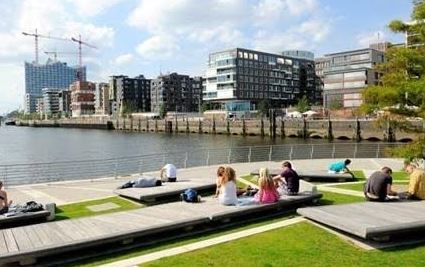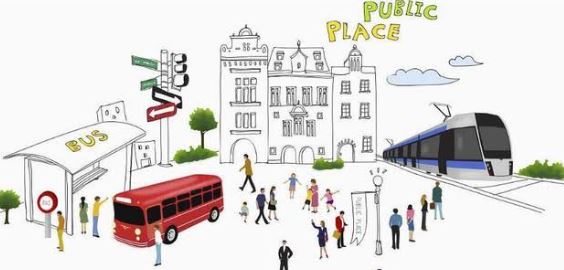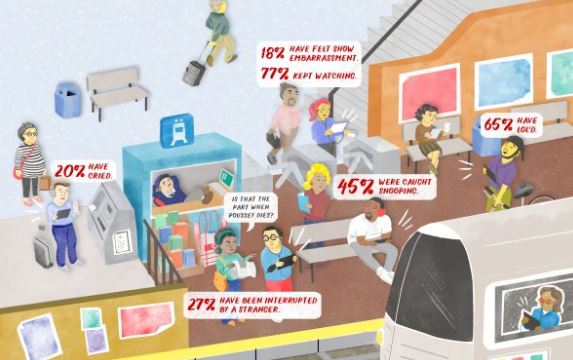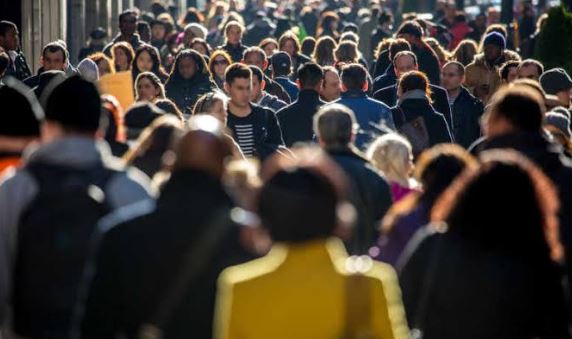
Green and public spaces must be safe, inclusive and accessible to everyone. However, in Australia, most young women do not feel safe in public places, especially when it is dark or walking alone. In the United States, popular public places are also declining.
Calling for an improvement in the built environment to benefit half of humankind, the 3.5 billion people who live in cities today have never been stronger, especially since Habitat III.
Universal access to safe and inclusive public space is a key objective of SDG 11. Follow-up venue production training for the Ninth World Urban Forum (WUF9) in Kuala Lumpur, Malaysia this week will continue to create inclusive public spaces together.
However, improving public space requires significant investment. To ensure that city governments, private developers, and citizen experts continue to make meaningful investments in building better parks, playgrounds, streets, and sidewalks, we need to be able to assess the public value of such spaces.

So what are the keys to success?

In order for a public space to be considered safe, comfortable and successful, all kinds of people need to actively use it. At a seminar at the Melbourne Ecocity World Summit 2017, experts discussed the challenges of daily practice in developing and maintaining inclusive public spaces. Through discussion, there was consensus on the appearance of these spaces.
Identified several key elements of a successful public space:
Public places should not favor particular groups or promote gentrification. Sometimes, the architectural design of public spaces restricts the free use of space.
Inclusive spaces work by encouraging people who feel safe and comfortable in them. This mix should be intergenerational and cross-cultural.
Inclusive spaces can thrive only when they are open, free and accessible. The space should have some flexibility to adapt to changing needs. When streets and squares can accommodate multiple activities, they are always active, even if they use different methods at different times.
Inclusive spaces must respect and recognize the needs of all genders and recognize children as active users of the space. For example, World Vision invites children to act as agents of change, providing the basis for planning decisions for better and safer spaces.
Public spaces can be accessed if they blend well with the surrounding land use and transportation methods. If we design for people, not cars, then we can create places where more people can use and use

Involved so inclusive

Without integrating community voices, establishing place-based relationships, building a sense of belonging, and encouraging open communication in the community, the participation process is incomplete. To achieve long-term success, it is important to understand how citizens contribute to creating more inclusive spaces. Any space-changing project requires nurturing communities and building a sense of belonging among nearby residents.
Co-design with local communities is critical to the long-term sustainable impact of the space and the continued participation. For example, in Macquarie Point, Hobart, in addition to successfully establishing partnerships between multiple stakeholders, the project also employs a phased activation plan to enable communities to slow down Slowly interact with space.
People have different ways of expressing opinions. When designing inclusive spaces, you must recognize these different ways of expression and participation. Storytelling is a powerful tool for sharing and listening to local history. It helps create meaningful urban spaces that are valuable to the entire community. Technology has brought new and innovative ways to communities. Crowdsourcing is a way to enter the community and encourage them to share their experiences of using public space.
Plan International’s map-based community engagement tool enables women to map and comment on safe and unsafe spaces in cities. This is an effective way for women with similar experiences to come together virtually and provide voluntary information. But easily transforming data into usable information for broad sharing is equally important for any participatory activity.

Measuring success in public places

Participants at the workshop found that finding the most effective way to measure success in public places was particularly challenging. Few assessment tools can measure the quality of public space.
As the effects of public spaces take longer to manifest, the project evaluation part is almost always left aside, but it is essential to maintain these spaces. The workshop discussion highlighted the need to further explore assessment tools to help ensure that projects and programs have lasting results. Public space is an important part of a livable city. It is also considered important for sustainable urban development. Making it right requires investing in research, programming, information and advocacy.
Health, well-being and prosperity all depend on the proper use of public space to create an inclusive, interconnected community for the benefit of all.

